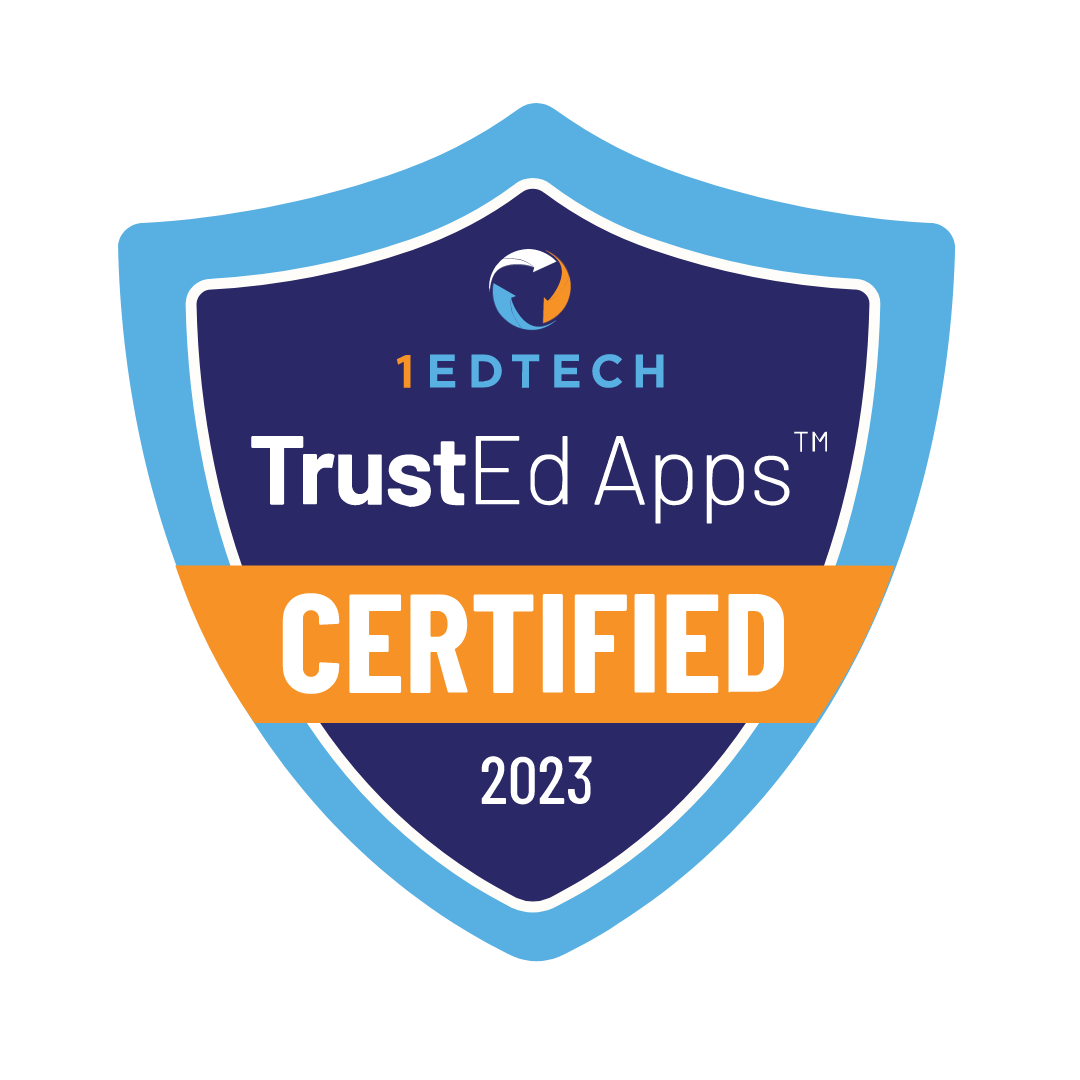The content of the publication
- 1 Overcoming challenges in online elementary school: An Overview
- 2 Technological Barriers and Solutions
- 3 Academic Challenges
- 4 Social Challenges and Remedies
- 5 Parental Involvement
- 6 Teachers’ Role in Easing the Transition
- 7 The Importance of Mental and Physical Health
- 8 Harnessing the Benefits of Online Elementary School
- 9 Conclusion
With the swift advance of technology and a global pandemic that sent students home indefinitely, online education has become an integral part of our lives. The shift from traditional to digital learning has been particularly significant for younger learners, causing quite a stir in the elementary education sector. And while online elementary school comes with its share of benefits, it’s not all smooth sailing. It’s high time we focused on overcoming challenges in online elementary school and ensured our children are ready to ride the wave of digital learning.
Overcoming challenges in online elementary school: An Overview
The transition to online elementary school has been a bumpy ride for many. Technological, academic, and social challenges are common and can be daunting for young learners. But where there’s a will, there’s a way! This section will outline the most common challenges and guide how to navigate them successfully. But remember, overcoming challenges in online elementary school is not about perfection but progress and continuous learning.
Technological Barriers and Solutions
Technology is the first thing that comes to mind when we talk about online learning. Technological issues can be a significant hurdle for many families, especially those with limited resources. However, there are ways to bridge this gap.
Limited Access to Devices
In many households, there may be more learners than devices. The solution? School districts can provide devices for students who need them. Non-profit organizations such as EveryoneOn and PCs for People also work to increase digital inclusion.
Unstable Internet Connection
Many students face problems with unstable or slow internet connections, making it challenging to participate in live classes or access online resources. Contacting your local internet service provider for assistance or accessing free or low-cost community internet programs can be a lifeline.
Managing Software and Platforms
Some families may struggle with the multitude of platforms and software used for online learning. A helpful tip for overcoming this challenge is to familiarize yourself with these platforms during non-school hours. Online tutorials or guides can also be beneficial.
Academic Challenges
Academic success in online elementary school requires a new set of strategies. Let’s dive in and examine these issues.
Difficulties in Concentration and Motivation
Young children might find it hard to stay focused in a home setting, but there are ways to tackle this. Regular breaks, engaging activities, and rewarding progress can be powerful motivators.
Establishing a Routine
Routine is key to overcoming academic challenges in online learning. A daily schedule that incorporates learning, breaks, and recreational activities can provide structure and make online school more manageable.
Identifying Learning Gaps
Online education can make it harder to identify and address learning gaps. Regular assessments, virtual one-on-one sessions, and personalized learning plans can help ensure no student is left behind.
Social Challenges and Remedies
The social aspect of school is essential, and it’s one of the things children miss most in online learning. Here’s how to tackle this challenge.
Online school can feel isolating for many children. Scheduling virtual playdates, group activities, and regular family time can help children feel more connected.
Virtual environments can limit opportunities to develop social skills. Encouraging participation in online forums, discussions, and group projects can help students engage with their peers.
Parental Involvement
Parents play a vital role in overcoming challenges in online elementary school. Balancing work and school and actively participating in your child’s education can be challenging but rewarding.
Balancing work and supervising online learning can be challenging. Setting clear boundaries and expectations, creating a routine, and seeking help can ease the process.
Active involvement in your child’s education is crucial. Regular communication with teachers, monitoring your child’s progress, and encouraging your child can make a significant difference.
Teachers’ Role in Easing the Transition
Teachers are the backbone of the education system, and their role is more crucial than ever in online learning.
Teachers can create engaging content with interactive elements like videos, quizzes, and games to keep students interested.
Providing individualized feedback can motivate students and help them improve. Regular feedback sessions can be scheduled to discuss student progress and address issues.
The Importance of Mental and Physical Health
Health is wealth, and this saying is particularly true in the context of online learning.
Encourage students to take regular breaks, exercise, and engage in hobbies. It’s essential to keep a healthy balance between learning and leisure.
Online school can be stressful. Regular check-ins, supportive discussions, and teaching children stress management techniques can help promote mental health.
Harnessing the Benefits of Online Elementary School
While the challenges are significant, online elementary school has unique benefits that can be harnessed for effective learning.
Online learning provides flexibility that traditional schools often lack. Lessons can be adapted to suit individual learning styles and paces.
One of the greatest advantages of online learning is learning at one’s own pace. This aspect can reduce stress and allow for a more personalized learning experience.
Conclusion
The landscape of elementary education has changed dramatically, and online learning has become a vital part of this new reality. Overcoming challenges in online elementary school requires a community effort. It calls for technological support, engaging teaching, active parental involvement, and emphasising health and well-being. With these strategies in place, we can ensure that every child has the opportunity to succeed in this digital era of learning.








